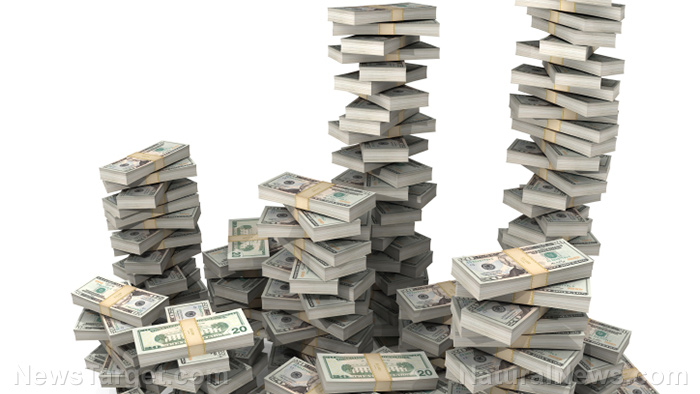
Crossmark Global Investments Chief Investment Officer Bob Doll told CNBC: “Hopefully, we start solving our supply shortage problem. But when the dust settles, inflation is not going back to zero to 2 [percent] where it was for the last decade.”
The core inflation rate, however, met economists’ expectations, registering a 4 percent rise. This rate eliminates the volatile energy and food sectors.
In the last year, energy prices have climbed by 24.8 percent, while gas has risen by 42.1 percent, natural gas has increased by 20.6 percent, and the electricity index has grown by 5.2 percent.
However, food has been one of the main drivers of the rising prices, hitting its highest level since December 2011. The food at home index rose by 4.5 percent, while food away from home went up by 4.7%. Price increases have been particularly strong in categories such as poultry, meats, fish and eggs.
Meanwhile, shelter costs in the U.S. grew by 3.2 percent in the year ending in September as the Goldman Sachs Economics Research team identified what they termed “the fastest pace of inflation for rent and owners’ equivalent rent since the 2006 housing bubble.”
At the same time, used automobiles and trucks have risen by 24.4% year over year, while new vehicles have climbed by 8.7%.
Is inflation here to stay?
Although not all economists agree, there are concerns that inflation is not going to let up any time soon. Speaking to the Housing and Urban Affairs Committee last month, Federal Reserve Chair Jerome Powell said that the supply chain problems and bottlenecks are getting worse rather than better. He added that this is something that they see extending into next year and holding up inflation.
Treasury Secretary Janet Yellen said she expected the higher prices to remain for several months but told CBS Evening News that she believes the situation is “transitory.”
In remarks at the Peterson Institute for International Economics, Atlanta Federal Reserve President Raphael Bostic said he felt that inflation can no longer be viewed as transitory because the significant price boost being seen right now is not going to be brief. He said he would be keeping a careful watch to make sure inflation does not grow out of control.
James Bullard, the President of the St. Louis Fed, believes that inflation could reach as high as 2.8 percent in 2022, which is higher than the 2.3 percent identified in the Fed's broader outlook.
Doll also pushed back against the idea that the current inflation run is transitory, saying: “This is one more data point to say, ‘Fed, your trying to convince us that inflation is transitory is just not believable. If you know anybody who doesn’t have to live somewhere, doesn’t eat any food and doesn’t use energy, then inflation is maybe not a particular problem. But come on.”
Consumers do not appear to be optimistic that high prices will let up any time soon. The monthly Survey of Consumer Expectations carried out by the Fed Bank of New York showed that expectations among U.S. households for inflation in the year ahead rose from 5.2 percent in August to 5.3 in September. In the next three years, Americans think inflation will hit 4.2 percent.
The International Monetary Fund warned last week that the Fed, along with its global peers, should make contingency plans in case inflation does end up proving to be as persistent as many are predicting.
Sources for this article include:
Please contact us for more information.





















